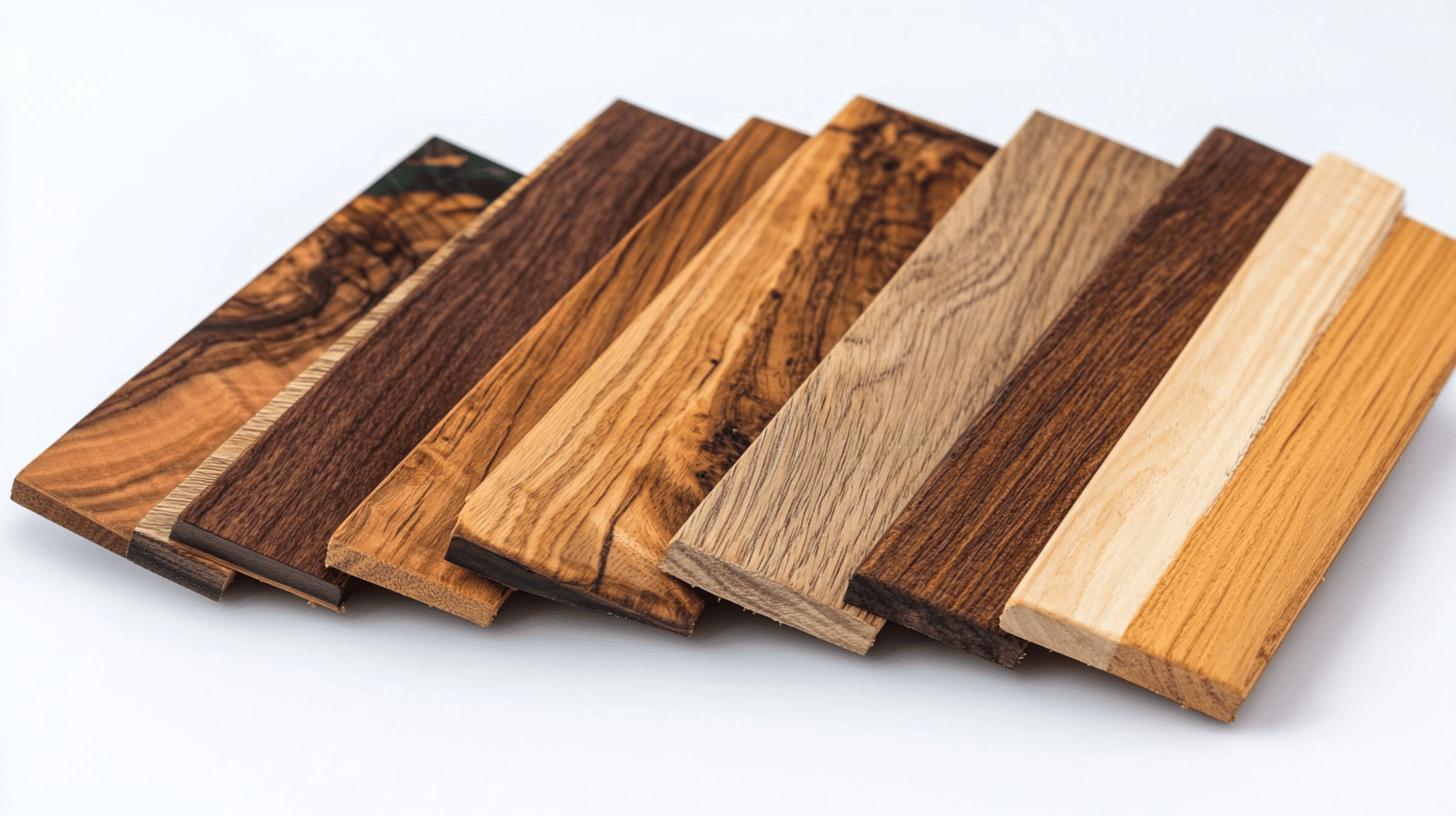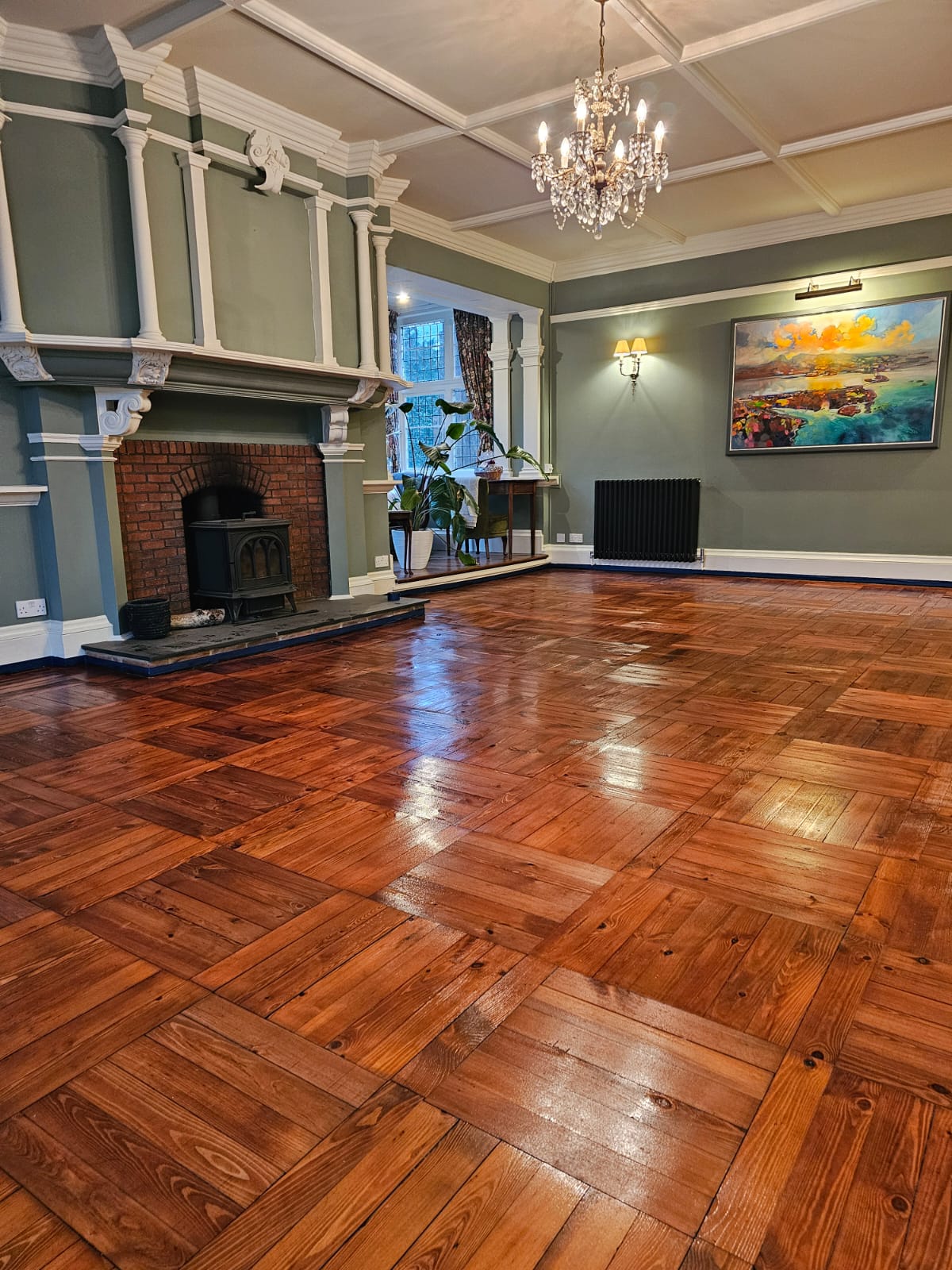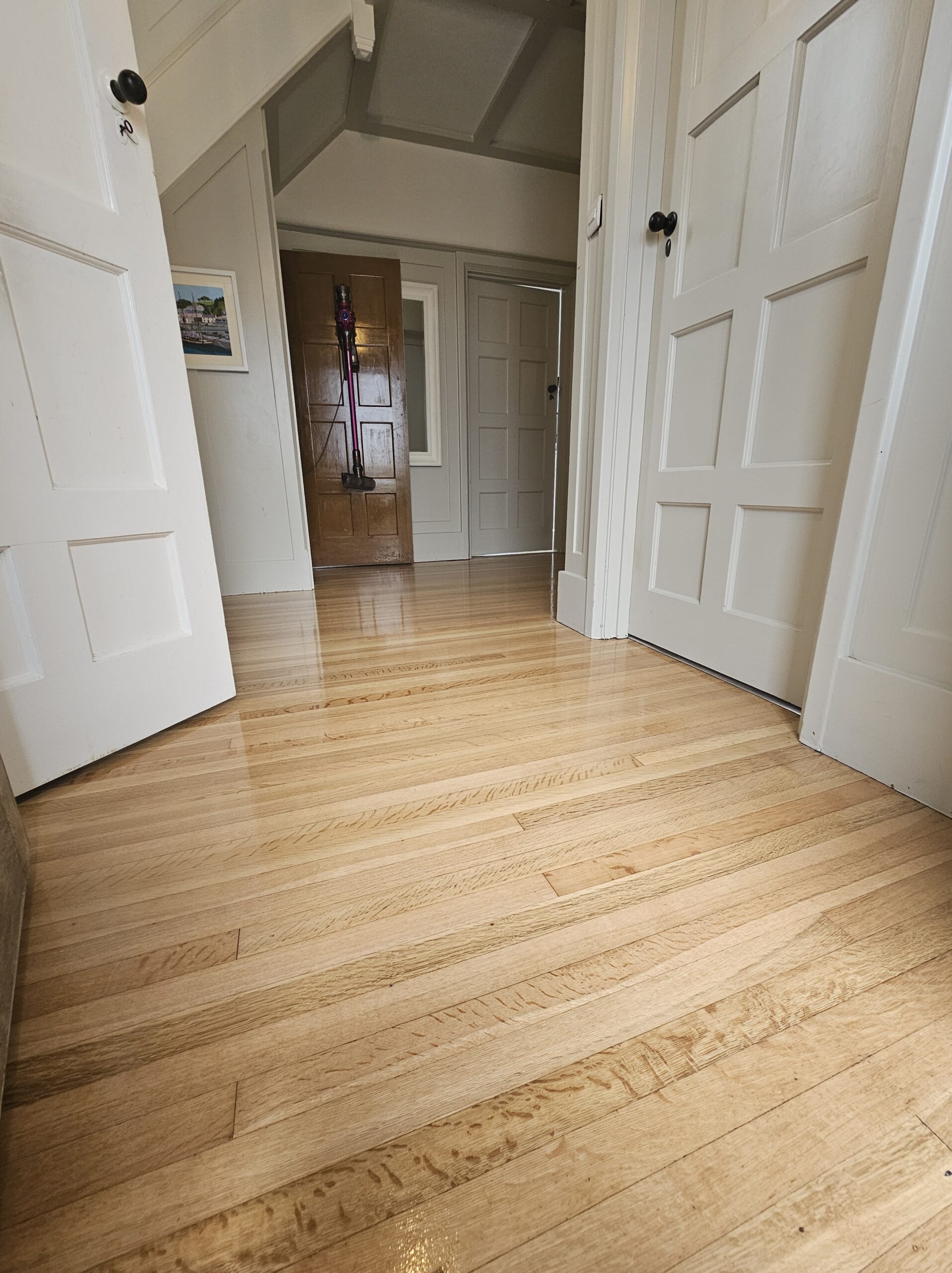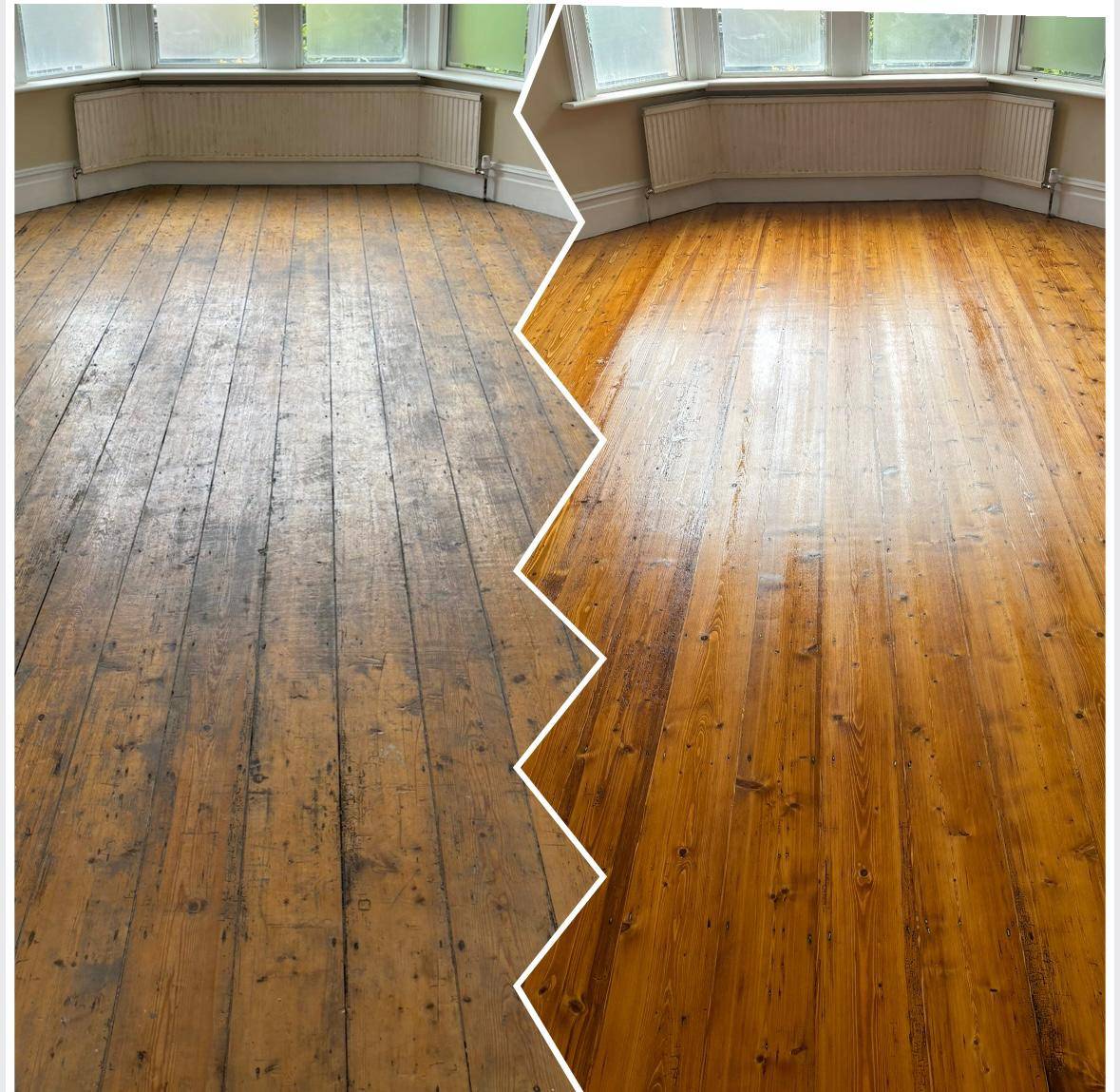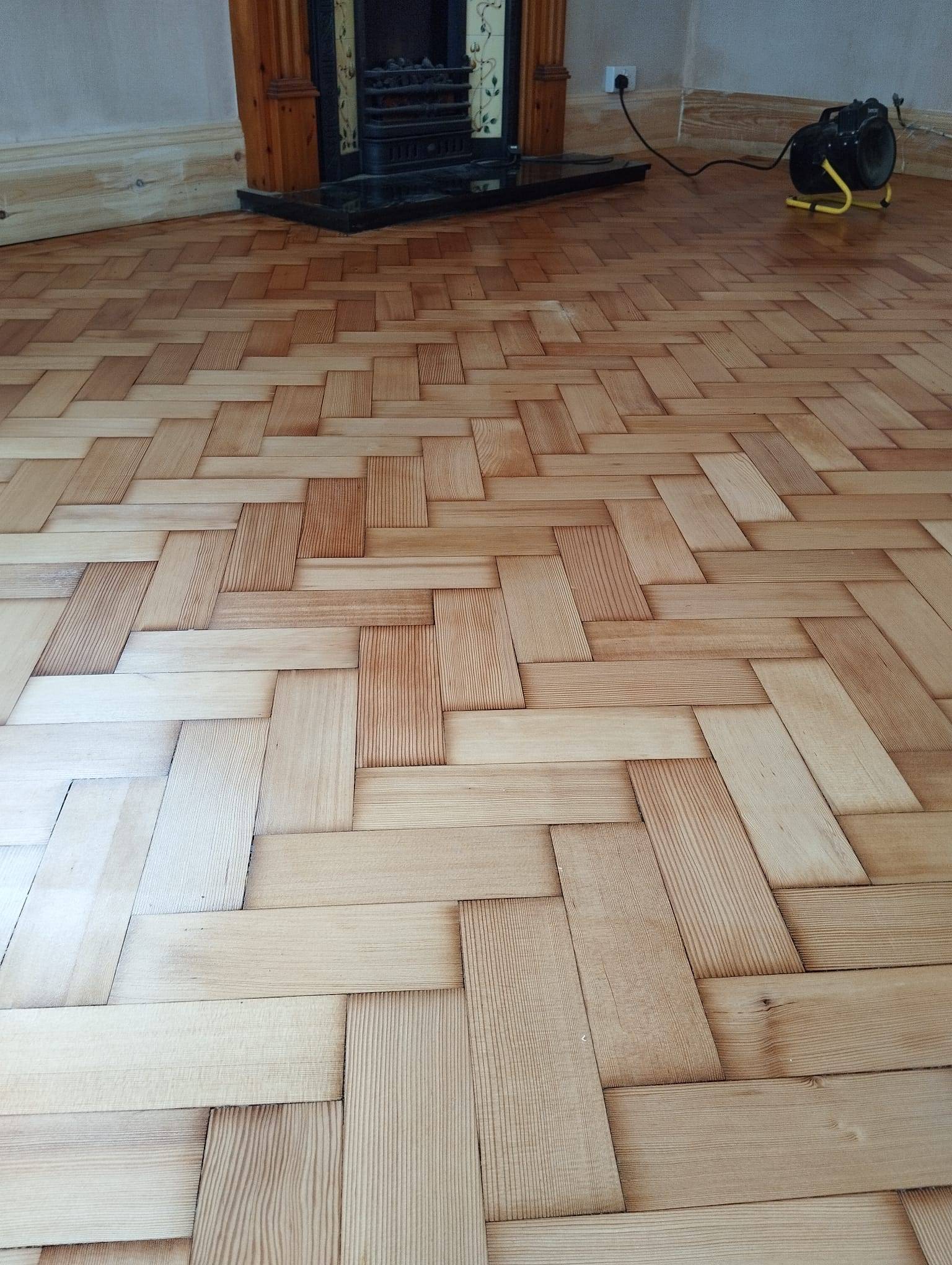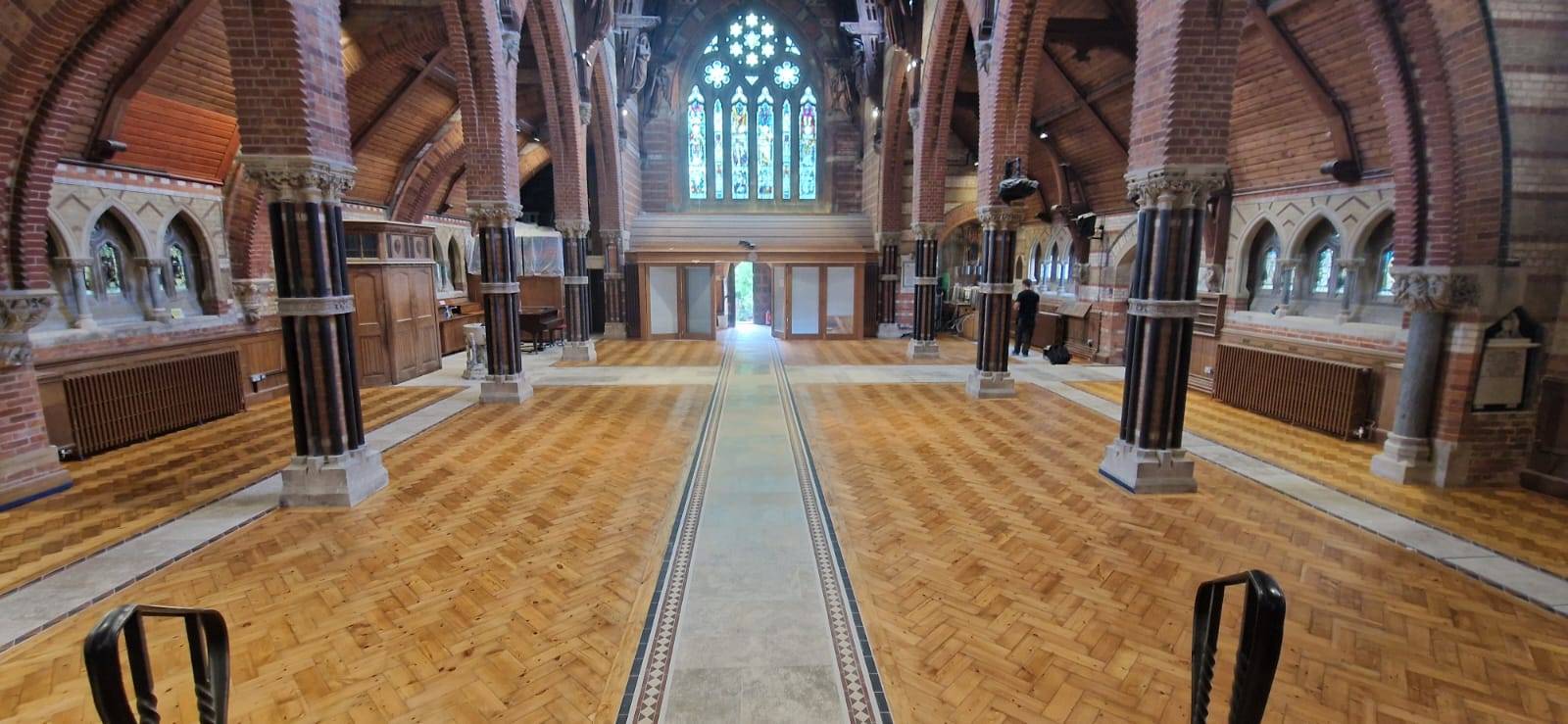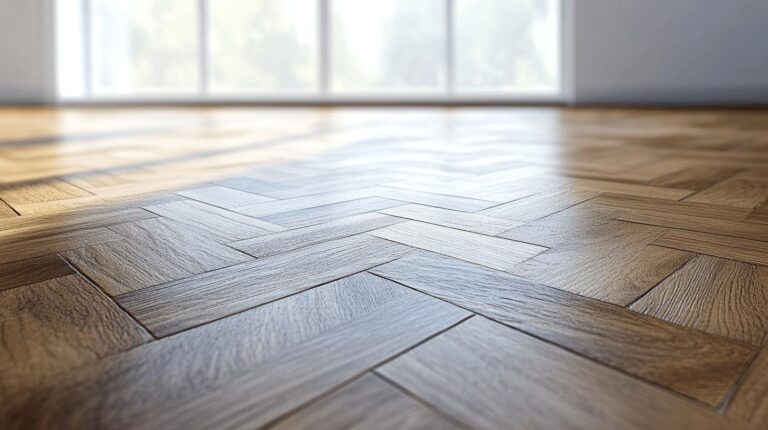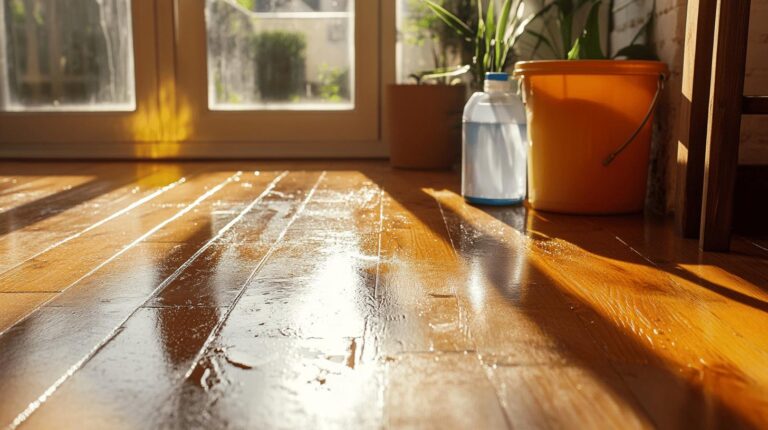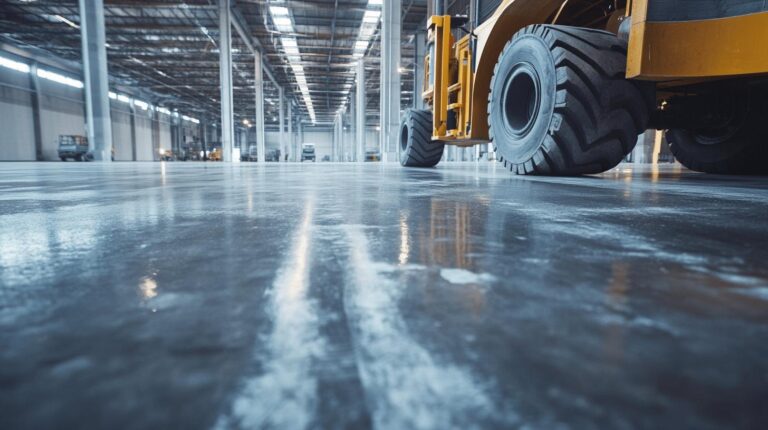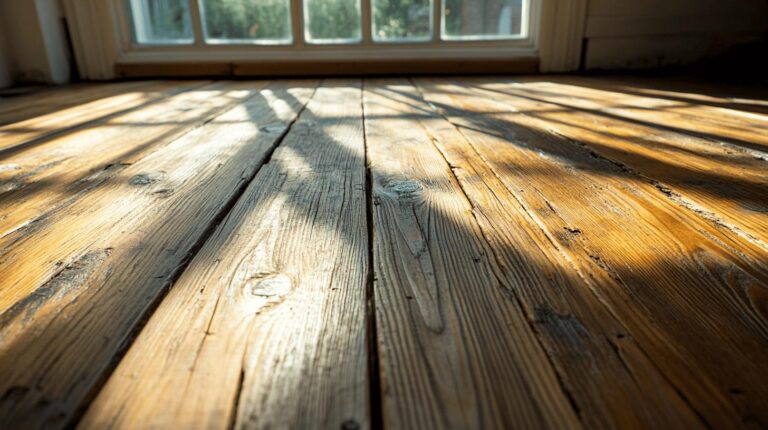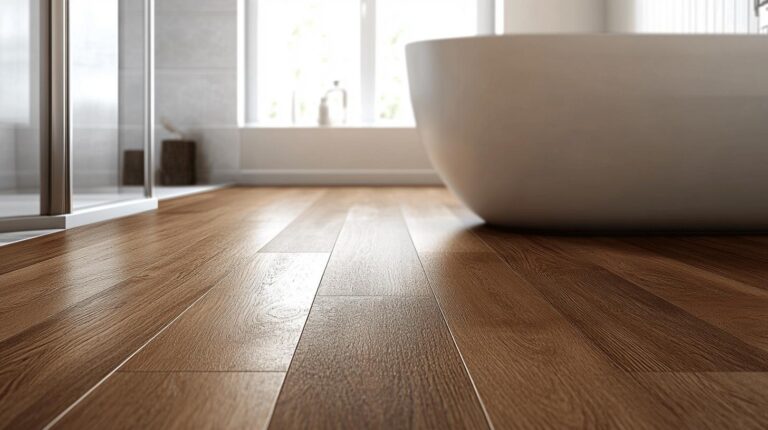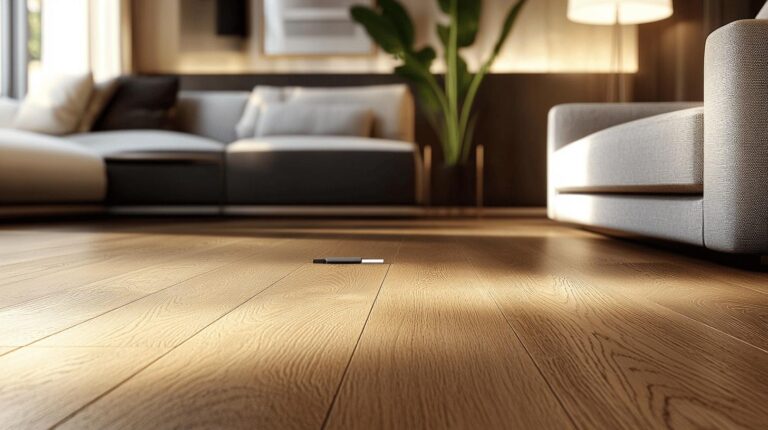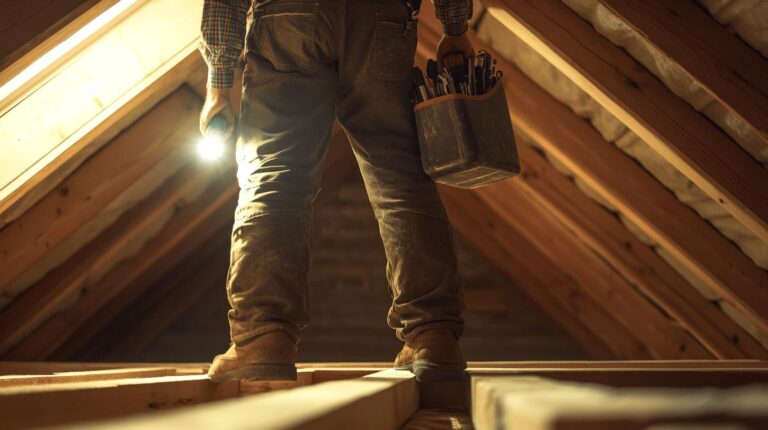When choosing wood flooring, have you considered its environmental impact? Traditional options are not always as green as we think. The entire lifecycle, from harvesting to disposal, carries an ecological footprint. Making informed choices about sustainable practices can minimise this impact considerably. By understanding the environmental assessment of wood flooring, you can make conscientious decisions that favour sustainability. This article explores how lifecycle sustainability, responsible sourcing, and eco-friendly materials can transform the way we approach wood flooring, ultimately benefiting both your home and the planet.
Understanding the Environmental Impact of Wood Flooring
The lifecycle of wood flooring involves multiple stages, each with its environmental considerations. From harvesting trees to processing and manufacturing, the initial stages of wood flooring production can contribute to deforestation and habitat disruption if not managed sustainably. Transporting raw materials and finished products adds to the carbon footprint due to emissions from vehicles and machinery. The installation phase also impacts the environment, particularly if non-eco-friendly adhesives and finishes are used. Finally, the disposal of wood flooring at the end of its life cycle can contribute to landfill waste unless recycling practices are implemented. By considering each stage, consumers and manufacturers can better assess the environmental impact of wood flooring.
Lifecycle sustainability is crucial in reducing the negative effects associated with wood flooring. Sustainable practices throughout the lifecycle, such as responsible sourcing, energy-efficient manufacturing, and choosing eco-friendly finishes, can significantly reduce the overall environmental footprint. These practices ensure that resources are used efficiently and waste is minimized. Additionally, promoting the reuse and recycling of wood materials contributes to lifecycle sustainability, extending the useful life of the materials and reducing the need for new resources.
Proper management strategies can mitigate the environmental impact of wood flooring. This includes selecting certified wood from responsibly managed forests and opting for local materials to reduce transportation emissions. Using water-based, non-toxic finishes during installation further decreases harmful emissions. At the end of the flooring’s life, recycling or repurposing the wood prevents it from ending up in landfills. By addressing each stage with an eye toward sustainability, the overall environmental impact of wood flooring can be substantially minimized.
Sustainable Practices in Wood Flooring
Sustainable wood sourcing is essential for reducing the environmental impact of wood flooring. It ensures that the raw materials are obtained in a manner that preserves forest ecosystems and biodiversity. By choosing sustainably sourced wood, consumers contribute to the protection of natural habitats and reduce the risk of deforestation.
Sustainable Forestry Practices
Sustainable forestry practices play a crucial role in maintaining forest health and ensuring a continuous supply of raw materials for wood flooring. Selective harvesting is a method that involves carefully choosing which trees to cut down, minimizing damage to the surrounding ecosystem. This practice helps in preserving the forest structure and allows younger trees to grow. Additionally, replanting efforts are vital to replenish the harvested trees, promoting forest regeneration and maintaining ecological balance. These practices not only support a steady wood supply but also contribute to carbon sequestration, further aiding in combating climate change.
Certification and Standards
Certifications such as the Forest Stewardship Council (FSC) are instrumental in promoting responsible forestry practices. These certifications provide assurance that the wood is sourced from forests managed according to stringent environmental and social standards. The FSC certification, for instance, ensures that forests are harvested sustainably, taking into account the rights of indigenous peoples and the conservation of biodiversity. By choosing certified wood products, consumers can be confident that their flooring choices support eco-friendly production and help maintain the integrity of forest ecosystems.
Opting for certified wood is crucial for achieving sustainability goals in wood flooring. Such choices ensure that the materials are sourced responsibly and contribute to the long-term preservation of forests. By prioritizing certified wood, consumers can enjoy the aesthetic and functional benefits of wood flooring while making a positive impact on the environment.
Eco-friendly Alternatives to Traditional Wood Flooring
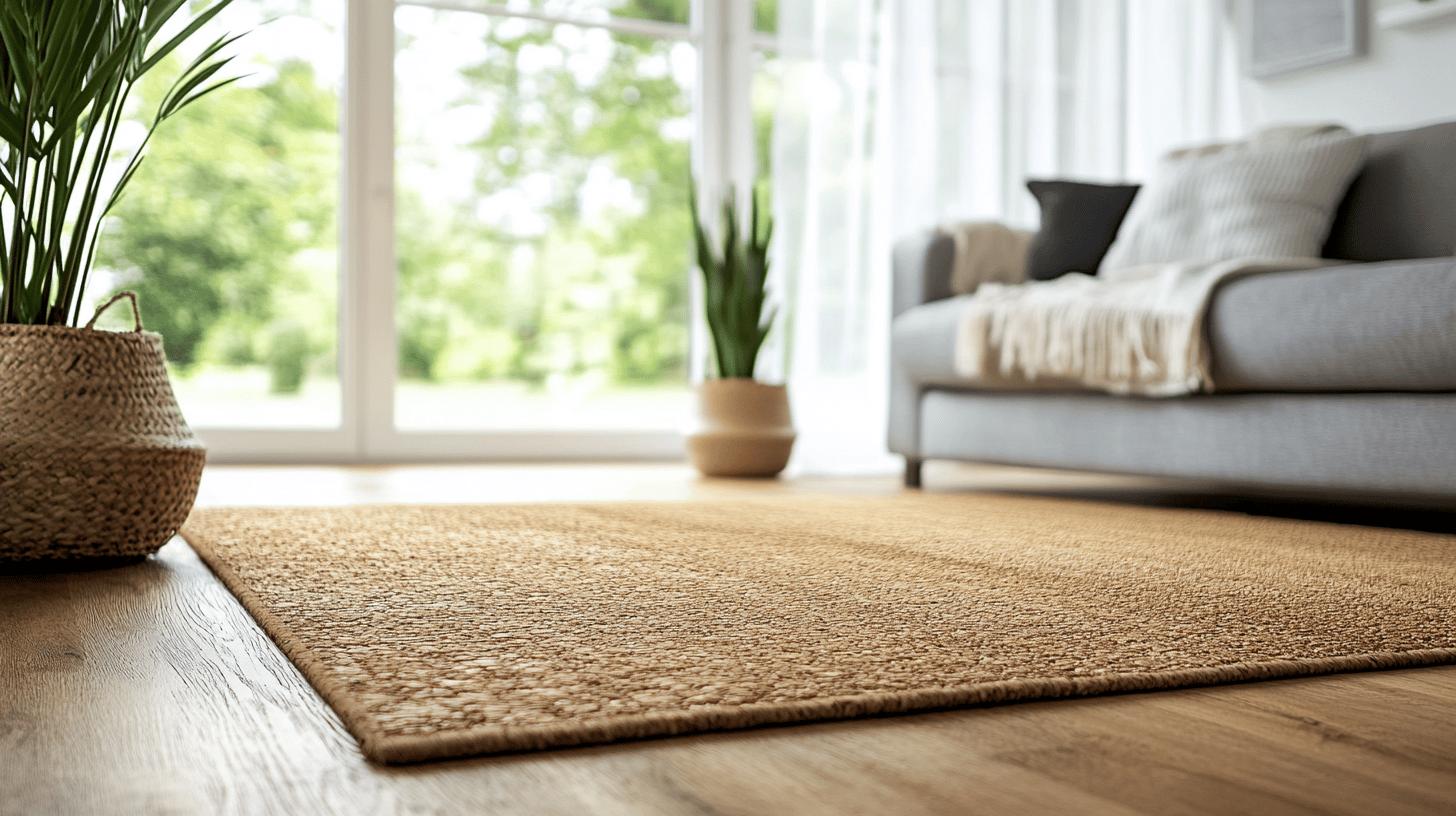
Cork is a notable eco-friendly alternative to traditional wood flooring. It is harvested from the bark of cork oak trees, allowing the tree to remain intact and the bark to regrow, making it a renewable resource. Cork offers excellent thermal and acoustic insulation, adding functional benefits to its environmental credentials. Its biodegradable nature means that it generates minimal waste at the end of its lifecycle, further reducing its environmental impact.
- Reclaimed Wood: Utilises existing materials, reducing the need for new timber and preventing waste.
- Bamboo: A fast-growing grass that provides a durable and sustainable flooring option.
- Linoleum: Made from natural materials like linseed oil, it’s biodegradable and offers longevity.
- Rubber Flooring: Often made from recycled tyres, providing durability and reducing landfill waste.
- Cork: As mentioned, it offers thermal and sound insulation while being fully renewable.
Using these eco-friendly materials can significantly reduce the environmental impact of flooring choices. By opting for products that are renewable, recycled, or biodegradable, consumers contribute to a reduction in resource consumption and landfill waste. These sustainable material choices support a healthier planet while maintaining the aesthetic and functional qualities desired in flooring.
Choosing Eco-friendly Finishes for Wood Flooring
The benefits of using non-toxic and organic finishes for wood flooring are substantial. These finishes not only enhance the natural beauty of the wood but also offer improved health and environmental benefits. Conventional finishes often contain volatile organic compounds (VOCs) that emit harmful gases, negatively impacting indoor air quality and human health. In contrast, eco-friendly finishes, such as natural oils and waxes, avoid these harmful emissions while providing excellent water repellency and durability. Organic oil finishes penetrate the wood, enhancing its appearance and resilience without sealing it under a plastic-like surface. Waxing contributes a breathable, natural layer that protects and preserves the wood’s texture and warmth.
Water-based stains are increasingly recommended as an eco-friendly choice for wood flooring due to their lower VOC content compared to traditional solvent-based stains. These stains are less toxic and help maintain better indoor air quality by reducing harmful fumes. Water-based options dry quickly and offer a wide range of colours and finishes, making them versatile for various design preferences. By choosing water-based stains, consumers not only ensure a safer environment for their homes but also support sustainable practices in wood flooring maintenance and enhancement.
Long-term Sustainability and Maintenance of Wood Floors
Wood flooring is renowned for its durability, often lasting decades with proper care. This longevity is a key factor in its environmental benefits, as it reduces the frequency of material replacement, thus conserving natural resources. Unlike carpets or synthetic flooring, which may need replacing every few years, well-maintained wood floors require less frequent consumption of new materials. As a result, the overall environmental footprint is diminished, supporting long-term sustainability. Moreover, wood flooring’s ability to be refinished multiple times over its lifespan enhances its durability and aesthetic appeal, further ensuring its place as an eco-friendly choice.
Regular maintenance practices are essential in extending the life of wood floors. Simple actions such as regular cleaning, preventing scratches, and controlling environmental factors like humidity can significantly impact their longevity. More intensive maintenance procedures, such as sanding and buffing, can rejuvenate tired-looking floors, restoring their original beauty and extending their usability. Sanding removes imperfections and allows for a fresh finish, while buffing maintains the surface’s sheen and smoothness. These practices not only enhance the floor’s appearance but also significantly prolong its life.
- Sanding: Removes the top layer to address deep scratches and stains.
- Buffing: Smooths the surface and restores shine.
- Repairs: Fixes any damage or warping of the wood.
- Ryan’s Restoration Services: Offers comprehensive restoration processes for wood floors.
Selecting a responsible restoration provider is crucial to ensure that maintenance practices align with environmental sustainability. Providers like Ryan’s Restoration are committed to using eco-friendly techniques and materials, ensuring that the maintenance process contributes positively to the environment. By choosing such providers, consumers can be confident that their wood floors are not only well-maintained but also support broader sustainability goals.
Final Words
Throughout this exploration of the environmental impact of wood flooring, the importance of making greener choices became evident. The lifecycle of hardwood floors, if managed sustainably, can minimise their ecological footprint. Embracing sustainable forestry practices and opting for FSC-certified materials ensures responsible wood sourcing.
Furthermore, exploring eco-friendly alternatives like cork and reclaimed wood and choosing non-toxic finishes further enhance sustainability. With proper maintenance, wood floors can achieve long-term durability, conserving resources. By making informed decisions, individuals can contribute positively to the environment while enhancing their homes with beautiful wood flooring.
FAQ
How is wood flooring eco-friendly?
Wood flooring is eco-friendly because it is a renewable resource. Sustainable practices such as selective harvesting, replanting, and certifications like FSC ensure that wood is sourced responsibly and forests are maintained.
How can we make wood environmentally friendly?
Making wood environmentally friendly involves selecting sustainably sourced wood. Choosing certified wood, such as FSC-certified products, guarantees responsible forestry practices. Adopting eco-friendly finishes further enhances sustainability.
How do you remove cloudiness from hardwood floors?
To remove cloudiness, clean the hardwood floor with a solution of vinegar and water. Ensure that the floor is gently scrubbed and thoroughly dried. Avoid excessive moisture to preserve the wood’s quality.
How can flooring be sustainable?
Flooring can be sustainable by choosing materials from responsible sources, such as FSC-certified wood, and selecting eco-friendly alternatives. Using non-toxic finishes and prioritising lifecycle sustainability practices also contribute to sustainability.
